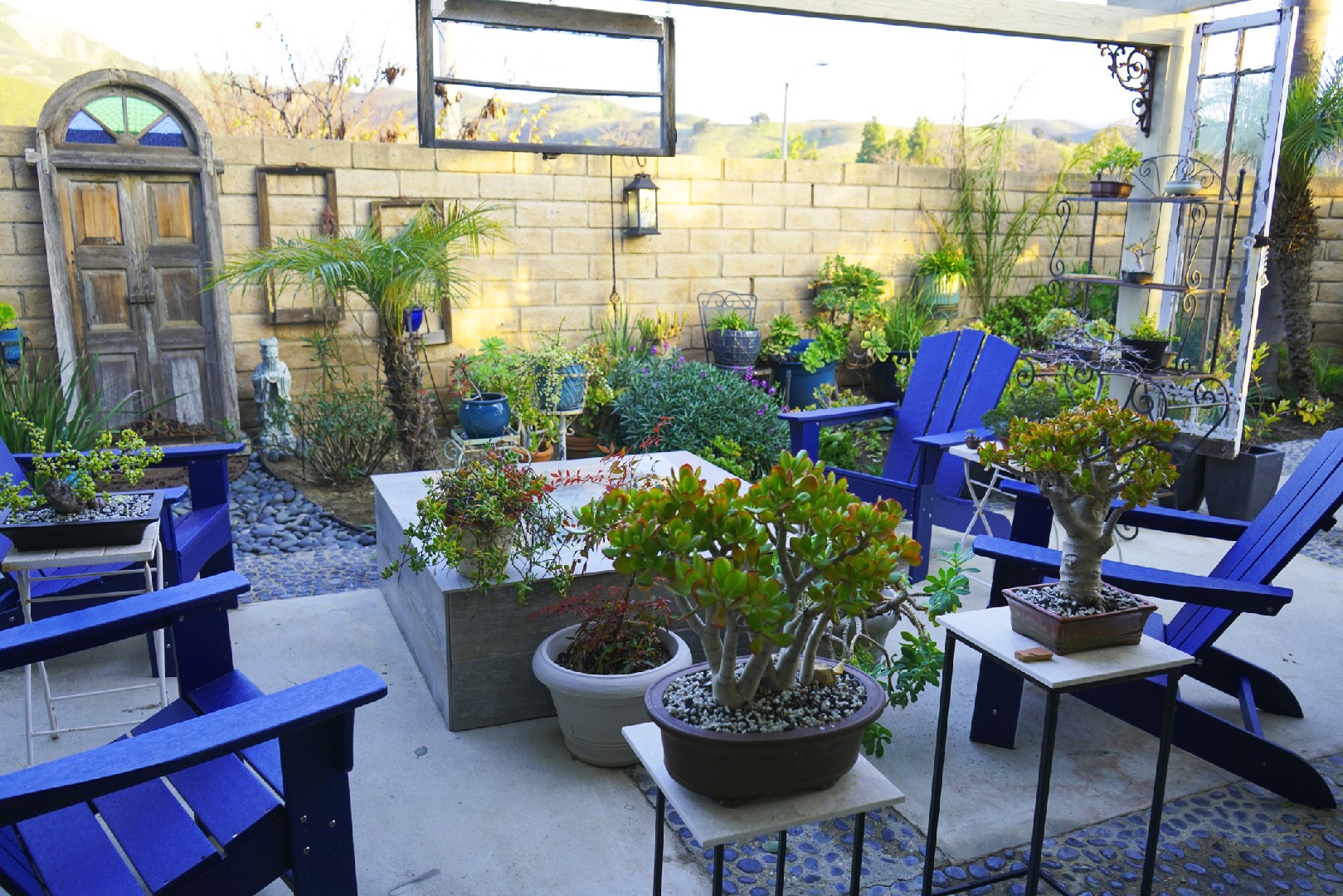![Rectangle]()
Types of Seating Solutions: From Traditional to Contemporary
When it comes to creating cozy corners in your garden, the type of seating solution you choose plays a crucial role in setting the tone for relaxation and interaction. Let's explore various types of garden seating solutions from traditional benches to contemporary lounges, and understand how to choose the right seating type based on purpose.
Traditional garden benches have long been a popular choice for garden seating due to their timeless appeal. Made from materials such as wood or metal, these benches offer a classic and elegant look that blends seamlessly with any garden design. They provide a perfect spot for solitary relaxation and contemplation.
If you're looking for more social interaction, a circular seating arrangement can be a great choice. Circular benches or built-in seating areas promote conversation and create a sense of community. You can gather your friends or family around a fire pit or a central table, enhancing the social atmosphere in your garden.
For those seeking a modern touch, contemporary lounges are the way to go. These sleek and stylish seating solutions are designed with comfort and visual appeal in mind. Lounge chairs with adjustable backs, cushioned seats, and armrests offer a luxurious experience, allowing you to unwind in utmost comfort.
Now, let's discuss some innovative and off-beat seating solutions that can add character to your garden. Hammocks are a perfect choice for those who want a touch of relaxation with a hint of adventure. Swinging gently under the shade of a tree, you can feel the stress melt away as you enjoy the gentle breeze.
Another unique option is a hanging chair or a suspended pod. These quirky seating solutions provide a cozy retreat in the midst of nature. You can hang them from a sturdy tree branch or a pergola, creating a cozy nook where you can read a book or simply enjoy the serenity of your garden.
When choosing your seating solutions, consider the size of your garden, the overall style you want to achieve, and the purpose you have in mind. Remember, comfort and functionality should be the top priorities. Investing in weather-resistant materials will ensure that your seating solutions can withstand various outdoor conditions.
In conclusion, selecting the right seating solutions is essential for creating a cozy and inviting atmosphere in your garden. Whether you prefer traditional benches, circular seating areas, contemporary lounges, or off-beat choices like hammocks or hanging chairs, there is a perfect option for every garden. So go ahead, transform your outdoor space into a haven where you can relax, unwind, and connect with nature.





